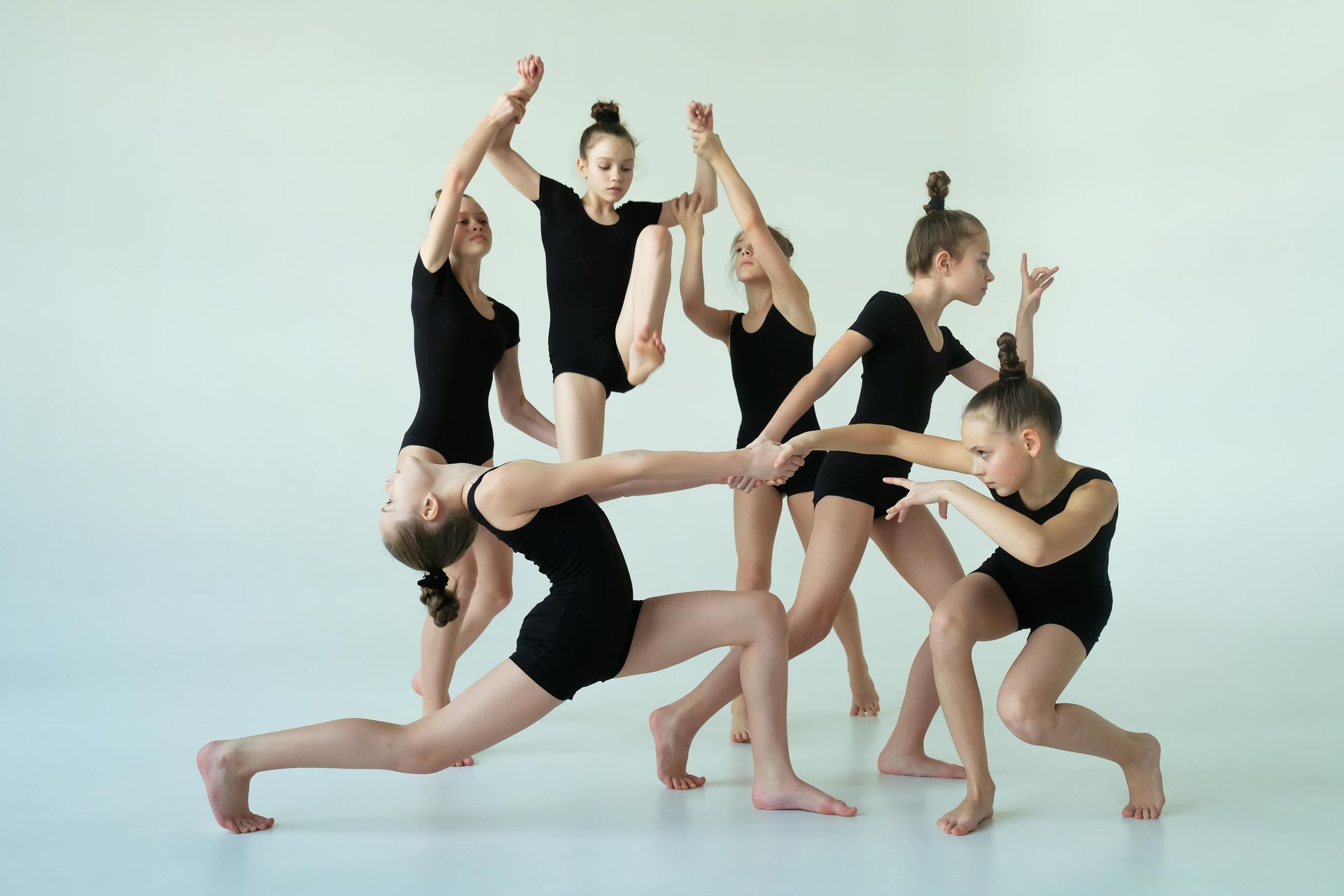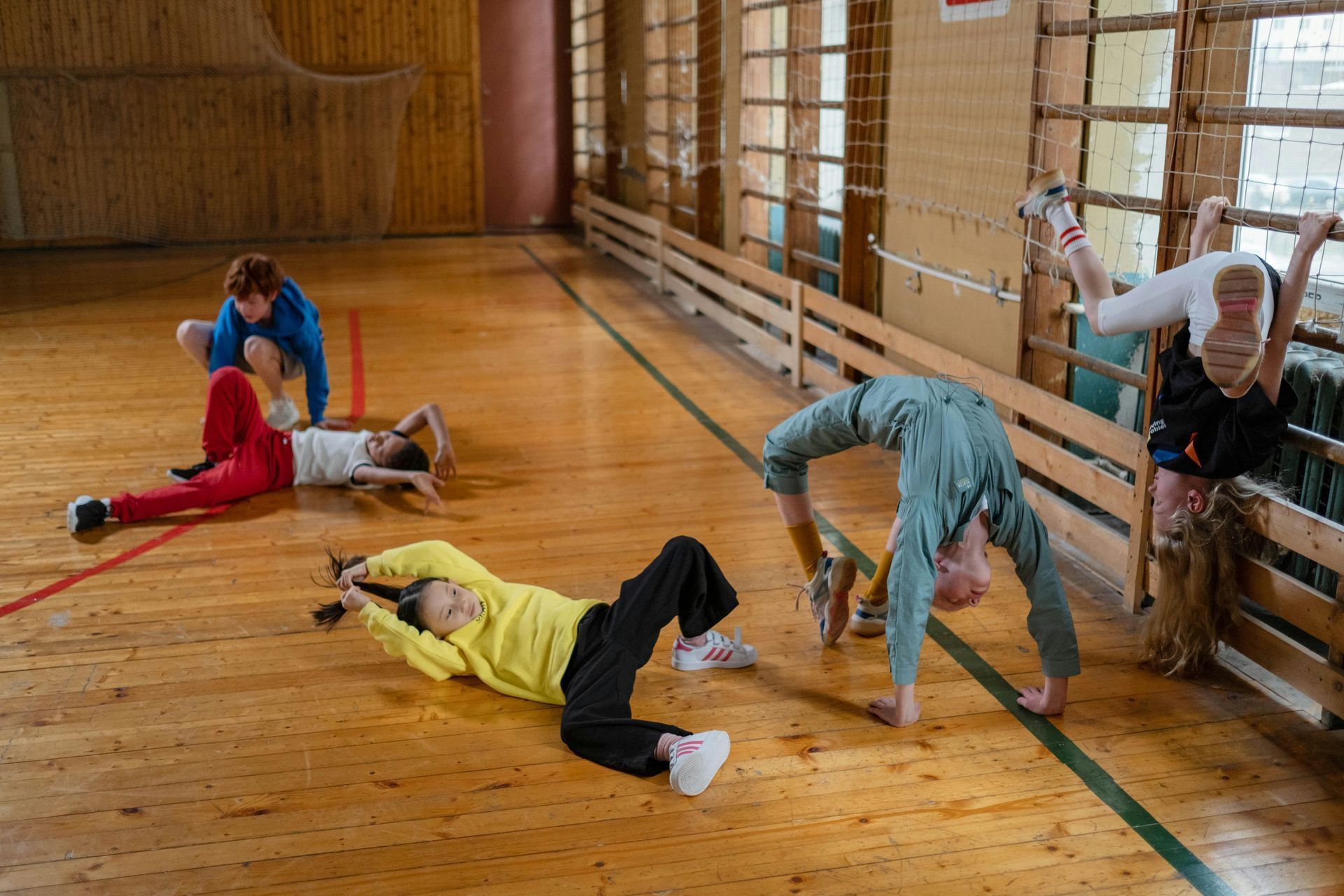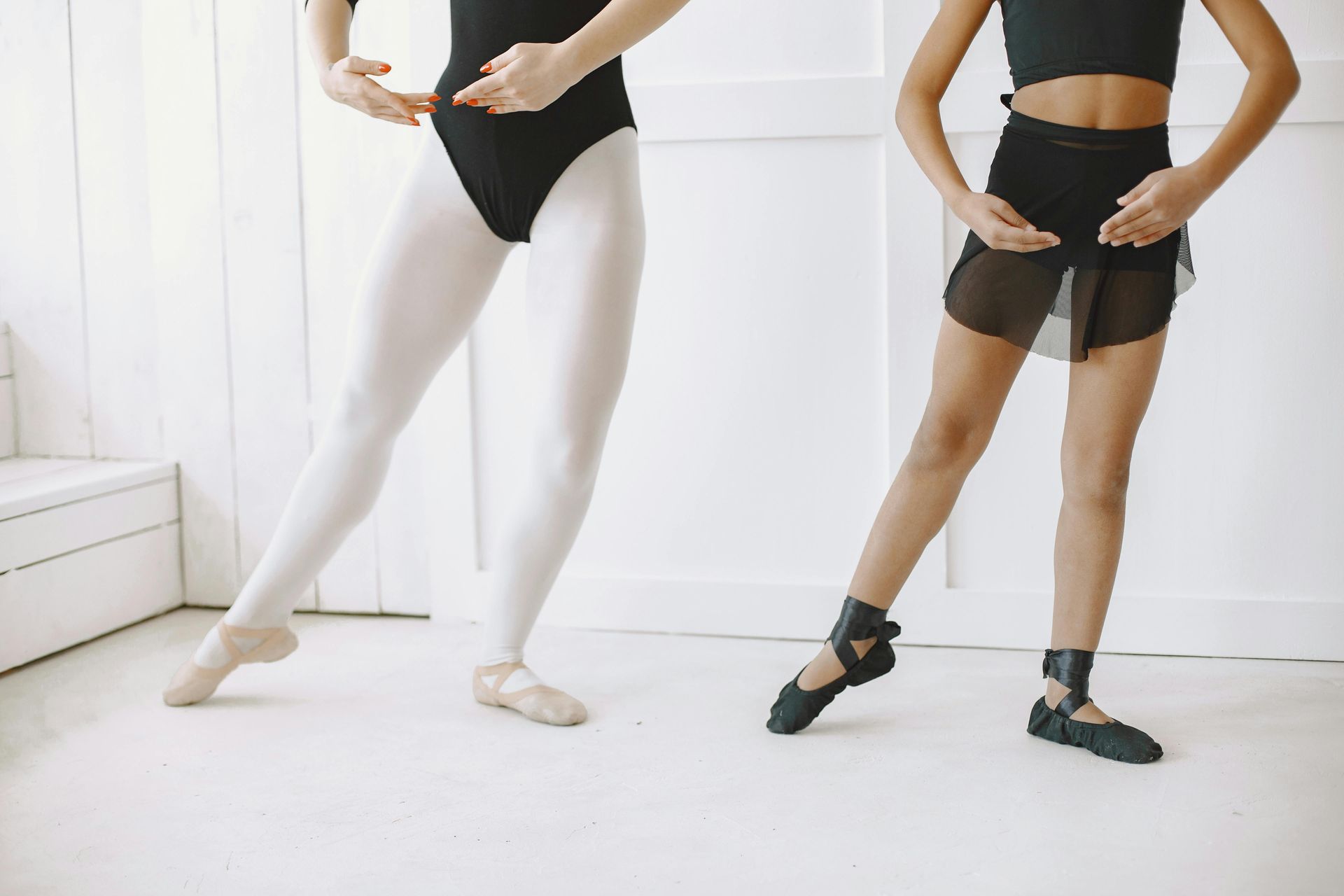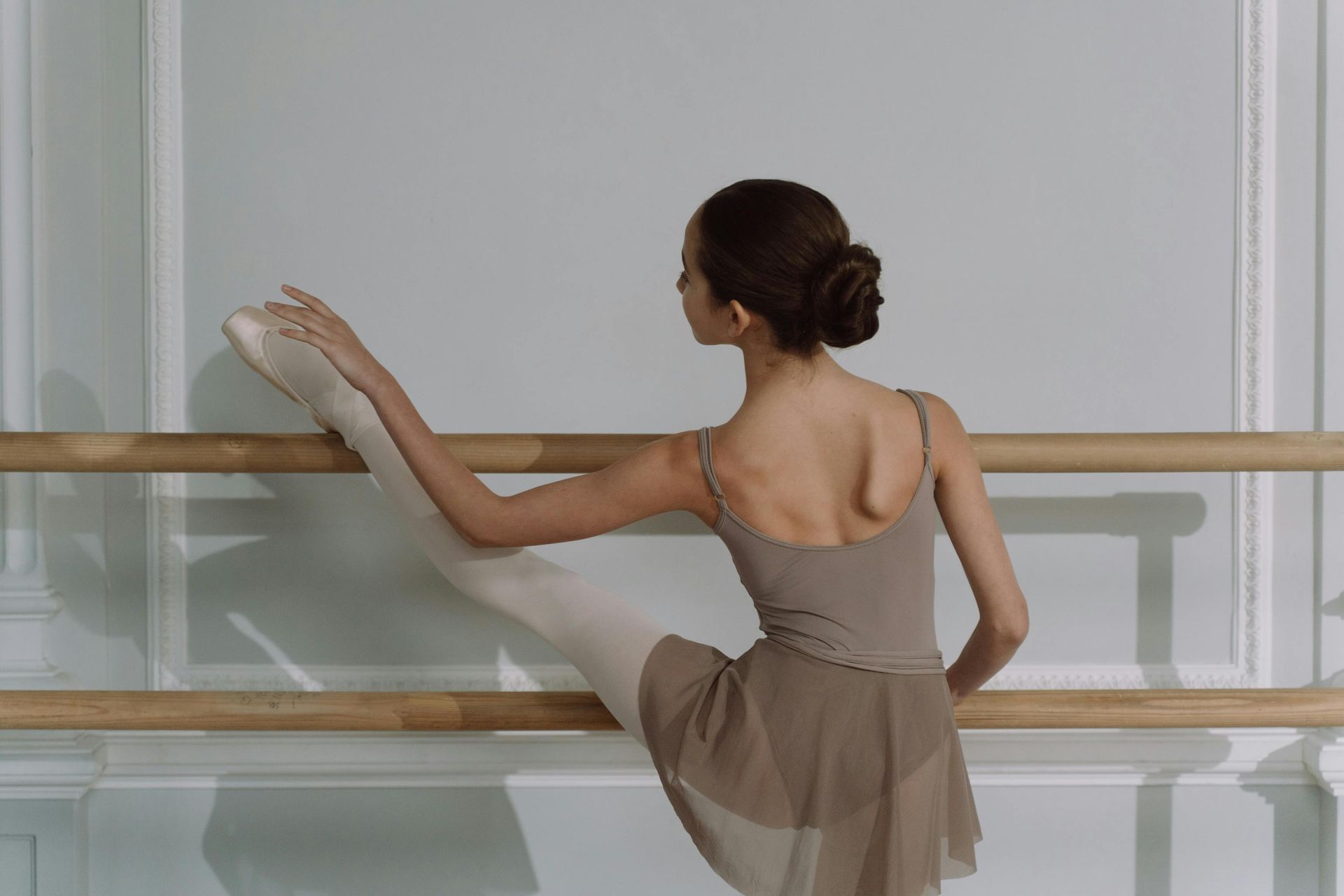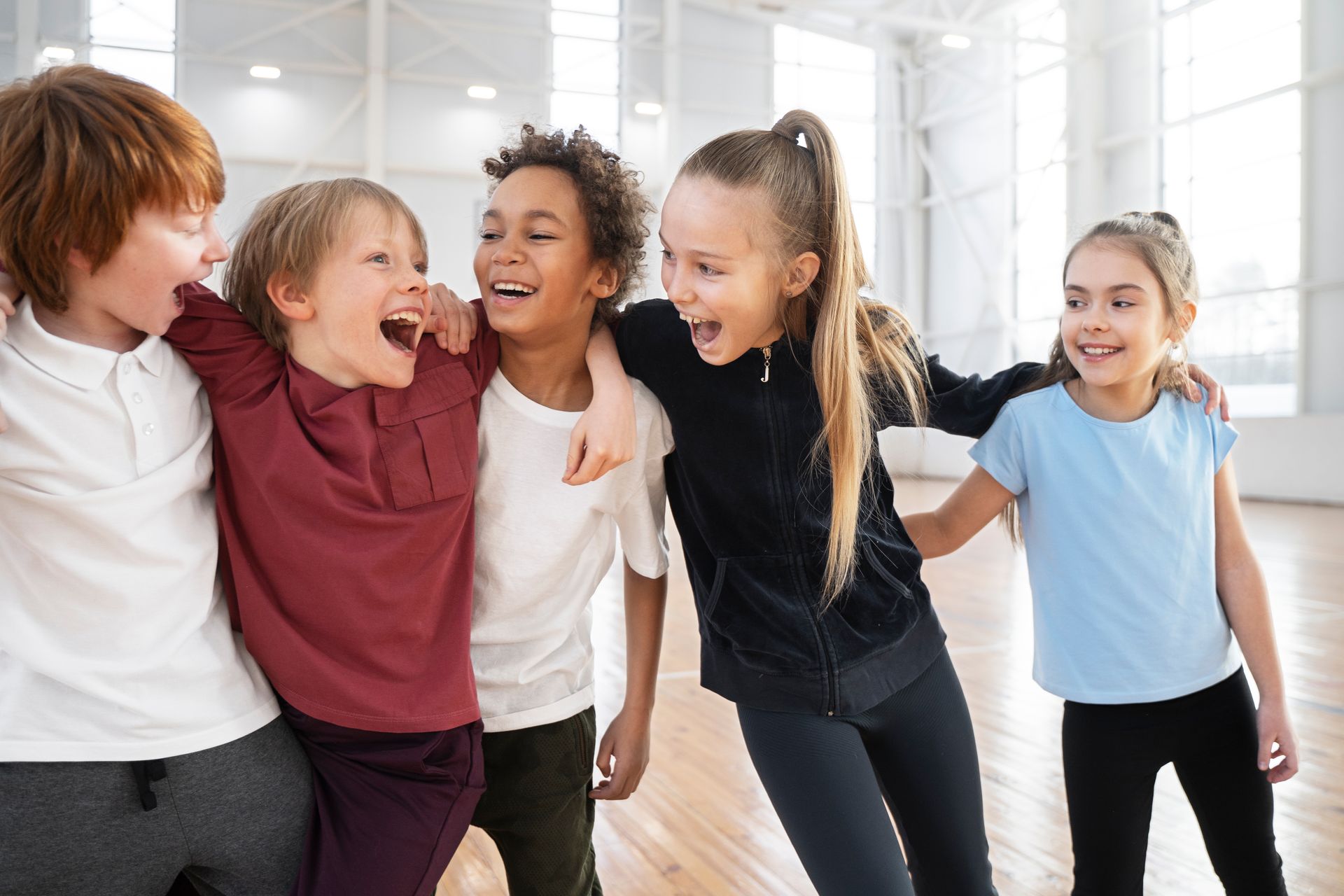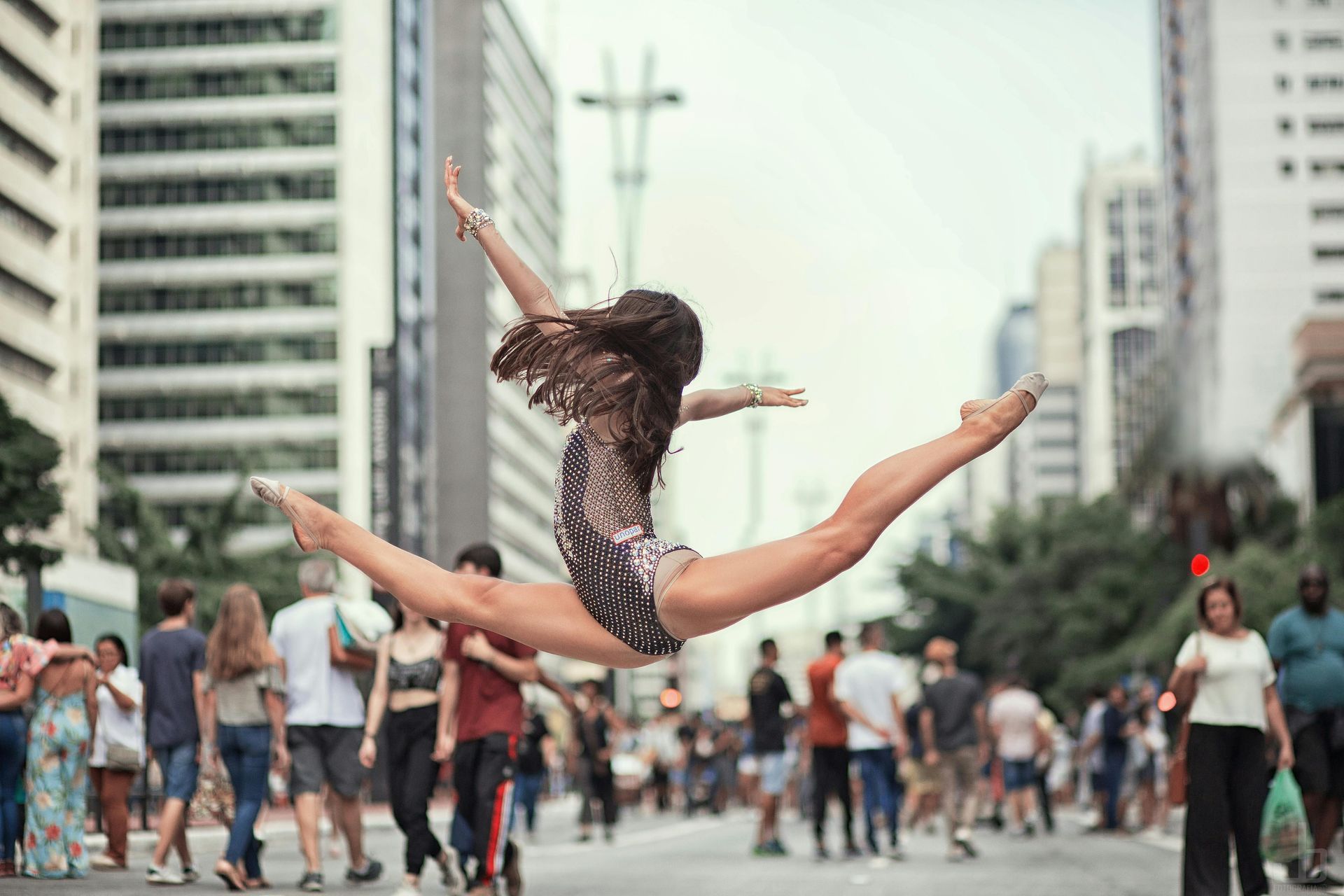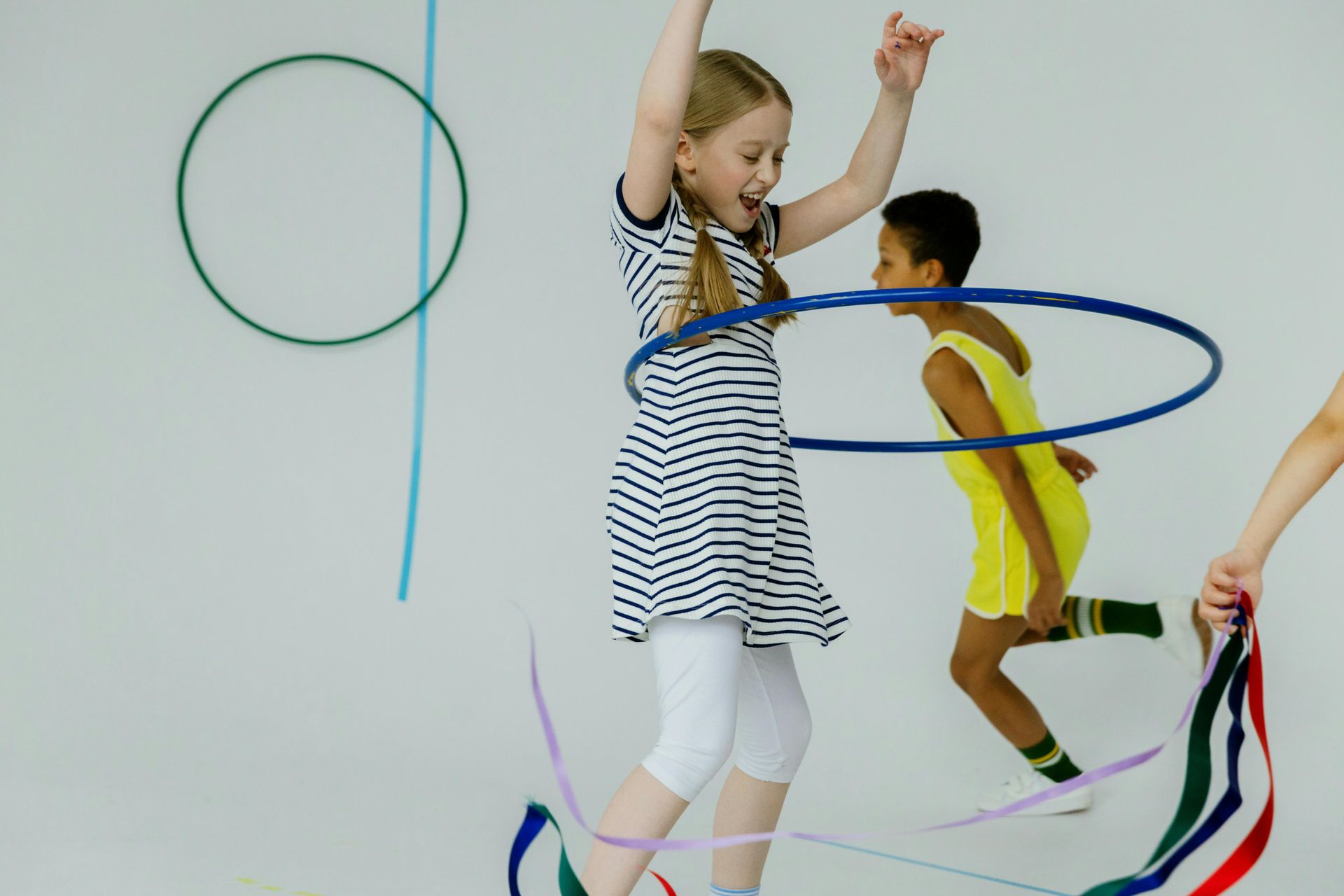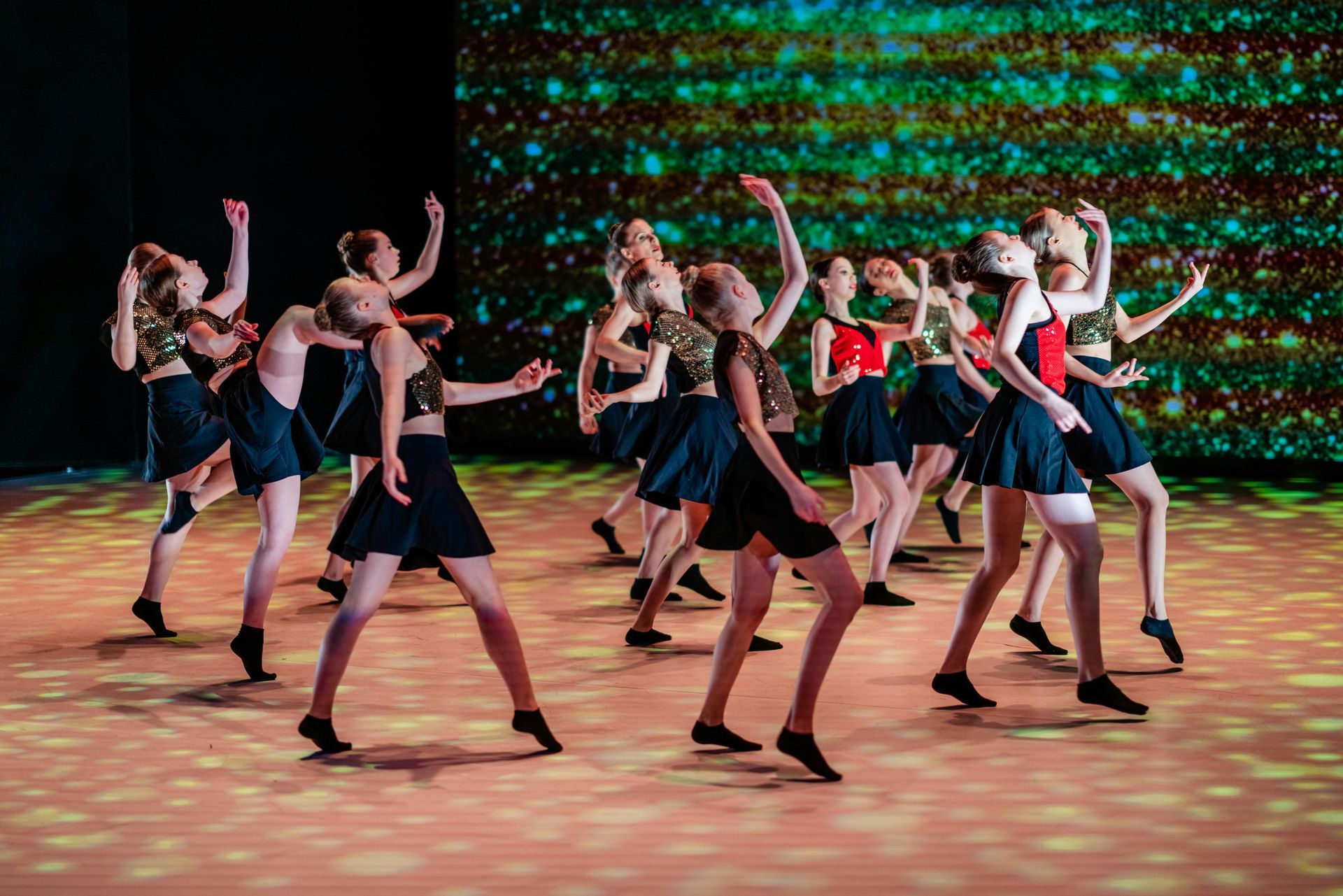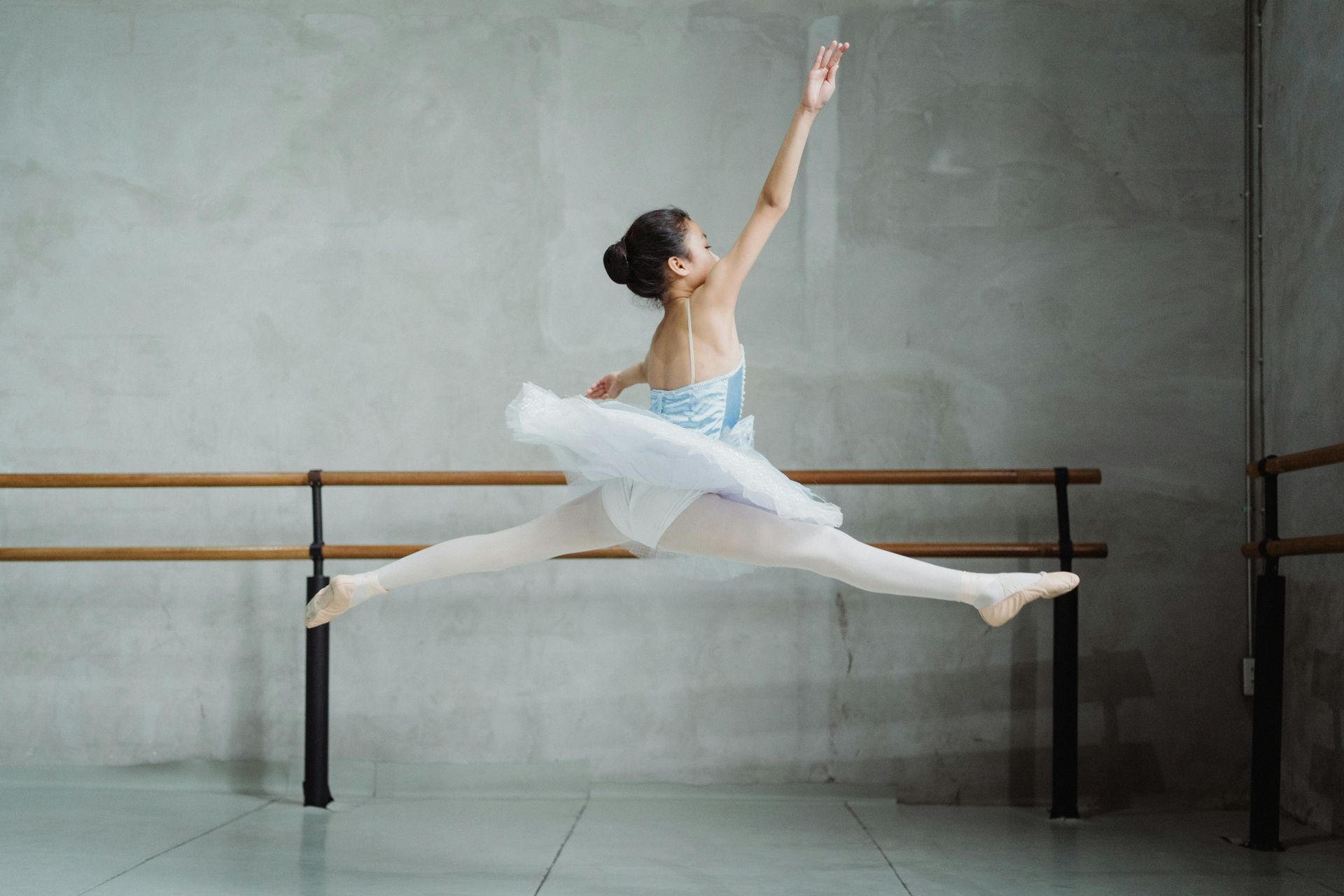Choosing the Right Dance Class for Your Child: A Parent’s Guide

As a parent, you want the best for your child — including the right extracurricular activities that promote health, creativity, and confidence. Dance classes offer an excellent blend of all three, but with so many options out there, it can feel overwhelming to pick the perfect fit.
Whether your little one is just starting with toddler dance classes or your older child is ready for more structured kids dance programs, this guide will help you navigate the choices. We’ll explore everything from ballet versus jazz to age-appropriate lessons, and share tips on choosing the best dance school in New Jersey.
Why Dance Classes Are Great for Kids
Dance isn’t just fun — it’s packed with benefits that support your child’s growth. Through dance, kids develop coordination, balance, and strength. Beyond the physical perks, dance classes also nurture social skills, discipline, and creativity. Plus, it’s a fantastic way to burn energy and stay active.
Choosing the right dance program ensures your child enjoys the experience and gains confidence along the way.
Age-Appropriate Dance Lessons: What to Expect
Different age groups benefit from different teaching approaches and class structures. Here’s a quick overview:
- Toddlers (Ages 2-4): Classes focus on basic movement, rhythm, and imaginative play. These sessions are shorter and designed to hold their attention while introducing simple dance steps.
- Young Children (Ages 5-7): Kids start learning more structured routines, building motor skills and following simple choreography. Ballet and jazz often introduce foundational technique.
- Older Kids (Ages 8+): Classes become more technique-focused, with opportunities to explore styles like hip-hop, contemporary, or ballroom, depending on interest.
Choosing an age-appropriate class ensures your child isn’t overwhelmed or bored and has the best chance to thrive.
Ballet vs. Jazz: Which Is Right for Your Child?
When your child reaches beginner dance levels, parents often wonder about the differences between ballet and jazz. Both styles offer unique benefits.
- Ballet: Builds strong technique, flexibility, and posture. It’s considered the foundation for many other dance forms and helps instill discipline.
- Jazz: More upbeat and expressive, jazz encourages creativity and rhythm with fun routines that often include leaps, turns, and sharp movements.
If your child enjoys structured learning and classical music, ballet might be a great fit. If they’re drawn to energetic, expressive dance, jazz could be the way to go.
Hip-Hop vs. Contemporary Dance: Exploring Different Styles
As kids grow, they might want to try newer, trendier dance styles. Hip-hop offers a dynamic, high-energy outlet that emphasizes rhythm and freestyle movements. Contemporary dance, on the other hand, combines fluid motion with storytelling and emotional expression.
Both styles improve flexibility and coordination but cater to different personalities and interests. Encouraging your child to explore helps them find their passion.
Tips for Choosing the Right Dance Studio
Finding the right studio matters just as much as picking the right class. Here are some factors to consider when choosing where to enroll your child:
- Qualified Instructors: Look for teachers experienced in working with children and trained in the dance styles offered.
- Positive Environment: The studio should foster a supportive, encouraging atmosphere where kids feel safe and motivated.
- Class Size: Smaller classes allow for more personalized attention, which is especially important for beginners.
If you’re searching for reputable options in New Jersey, check out the dance programs available in Sparta. They offer excellent dance classes designed for kids with a focus on building skills and confidence in a nurturing setting.
How to Encourage Your Child’s Dance Journey
Supporting your child’s love of dance involves more than just signing them up for classes. Celebrate their progress, attend recitals when possible, and provide space at home to practice and enjoy music.
Above all, let them lead their experience. If they want to switch styles or try new classes, encourage exploration rather than pressure.
After-School Dance Activities and Benefits
Dance classes are a fantastic after-school activity that combines fun and fitness. They help kids develop routines outside of school, improve focus, and create friendships with peers sharing similar interests.
Engaging in after-school dance also helps children manage stress and develop a healthy outlet for energy and emotions.
Two Key Benefits of Dance for Kids
- Physical Development: Dance builds strength, flexibility, and endurance, supporting overall health and fitness.
- Social and Emotional Growth: Kids gain confidence, teamwork skills, and emotional expression through dance classes.
Getting Started with Your Child’s First Dance Class
If you’re ready to enroll your child in their first dance class, many studios offer introductory sessions perfect for beginners. For example, some programs provide “first steps” classes specifically designed to ease toddlers and young children into dance in a fun, engaging way.
You can explore these beginner-friendly options on their website to find what fits your child best.
Conclusion
Choosing the right dance class for your child sets the foundation for a rewarding and joyful experience. From toddler dance classes to more advanced programs, the right mix of age-appropriate lessons and supportive instructors can foster a lifelong love of dance.
If you’re interested in learning more about dance classes in New Jersey, including beginner options and specialized programs, explore the first steps classes for young dancers offered by trusted local studios. They provide nurturing environments where children of all ages can grow, learn, and shine.
Ready to get started or have questions? Don’t hesitate to reach out via the studio’s contact page for guidance on the best dance program for your child.
Frequently Asked Questions
Q1:What age should my child start dance classes?
Many studios offer toddler classes starting at age 2, focusing on fun and basic movement to prepare for more structured lessons later.
Q2:How do I know if my child prefers ballet or jazz?
Watch how they respond to music and movement—ballet is more formal and structured, while jazz is lively and expressive.
Q3:Can dance help with my child’s confidence?
Yes, dance builds self-esteem by encouraging skill development, social interaction, and performance opportunities.
Q4:Are after-school dance programs suitable for busy schedules?
Absolutely. Many programs offer flexible scheduling and can complement school and other activities.
Q5:What should my child wear to their first dance class?
Comfortable clothing and proper footwear recommended by the studio, such as ballet slippers or jazz shoes, depending on the style.


